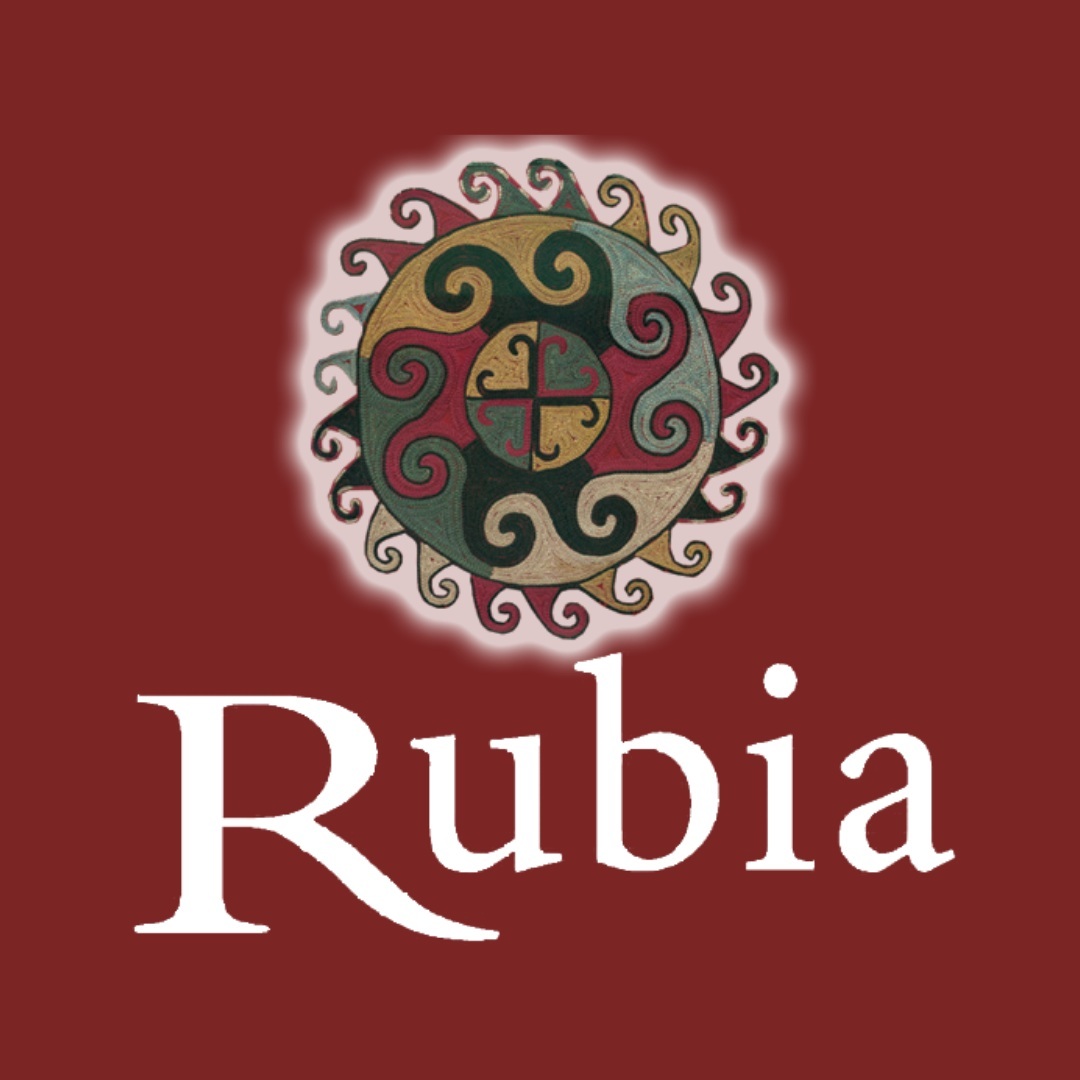How Bogolan is Made
Making mud cloth is an art of transformation through common ingredients: leaves transform mud and water into art. It is a labor-intensive process that connects the artist to the earth.
Its creation starts with Malian-grown cotton woven into strips of five-inch width sewn into a rectangle, a technique dating back to the 11th century. Artists harvest mud from the bottom of the Niger River, then ferment it in pots for up to two years. (Malians believe that their soil is unique and thus authentic bogolan must be made in Mali.) Prior to dying the cotton with fermented mud, the artists soak the fabric in a solution of n’gallama leaves which turns deep saffron as it dries. The yellow base makes the mud dye a richer brown.
The artist next maps out the design plan and applies the mud with a toothbrush or wooden stick, or paints it over a stencil. Once the fermented mud touches the treated fabric it reacts with the tannin to leave an indelible color. The cloth is then rinsed and laid out to dry in the sunshine. To ensure the dye has fully penetrated the fabric and achieve the prized dark color, artists apply at least two coats of mud, before soaking the fabric again in the boiled leaf bath.







